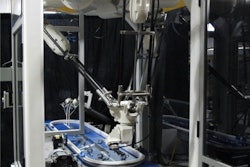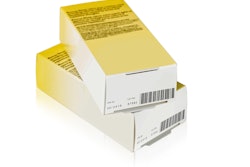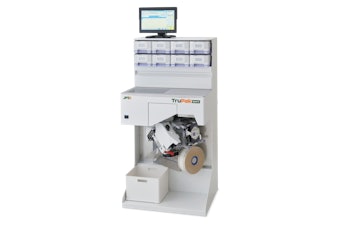It’s not uncommon for companies that have performed pilot testing in the last two to three years to have focused mainly on testing serial number management—getting the numbers from Aii, for example, applying them to the packages, and sending back commissioning information.
But now that serialization is becoming a “real” concern in life sciences, the realization is dawning that it needs to be integrated into all the major business platforms in an automated, not a manual, fashion. Many IT staffs are trying to figure out how their MES and enterprise systems will connect with the serialization solution beyond the serial number itself. A lot of infrastructure decisions—file structures, platforms, how to move data—need to be thought out ahead of time, rather than on the fly.
Integrations at the enterprise
As mentioned above, companies have typically focused on integration with Aii (in the case of SAP), or equivalent serial number management components of the ERP system. That’s just one piece of the integration puzzle, and the only piece that people typically focus on during pilot testing.
But there’s more to serialization integration than serial number management. To create recipes within the serialization solution, a lot of material master data that has nothing to do with the serial number itself—for example, GTIN information, package item information, multipack counts, case counts, pallet counts, and variable formats for label files—needs to flow into the serialization solution as part of a recipe. That data resides in enterprise systems. Figuring out how it gets into the serialization solution is the trick.
During pilot testing, it’s common for this type of information to be entered manually into the serialization system. But when you’re running 15—or 50—packaging lines, a manual process is not scalable. Many companies are considering electronic batch records (EBR) as part of their serialization project to help address this issue.
For the MES layer, the primary question is how to get the production order into the serialization system. How are you starting and ending batches? How does that trigger access by the serialization system to the ERP system to obtain that material master data?
Because these integrations are different for each company depending on its mix of MES and ERP platforms, the serialization solution needs to be configurable to provide a way of connecting these systems that can be validated.
Liked this article? Download the entire playbook here.






















